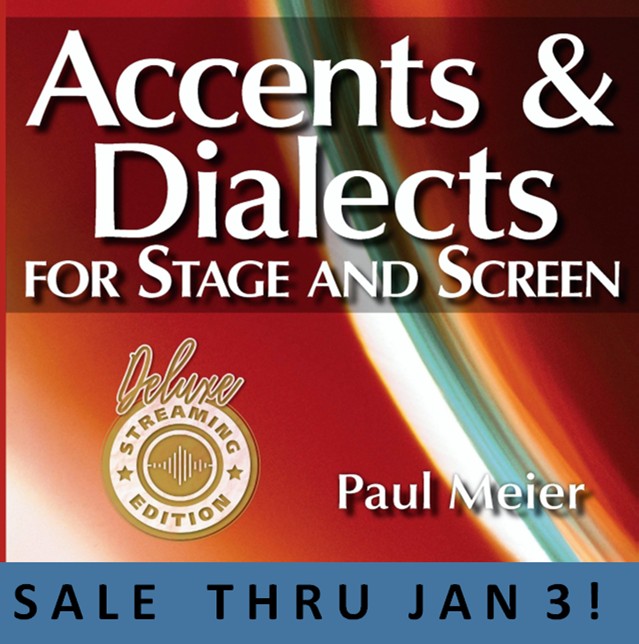Egypt 7
Listen to Egypt 7, a 29-year-old man from Cairo, Egypt, who has also spent considerable time in the United States. Click or tap the triangle-shaped play button to hear the subject.
Both as a courtesy and to comply with copyright law, please remember to credit IDEA for direct or indirect use of samples. IDEA is a free resource; please consider supporting us.
BIOGRAPHICAL INFORMATION
AGE: 29
DATE OF BIRTH (DD/MM/YYYY): 03/05/1989
PLACE OF BIRTH: Cairo, Egypt
GENDER: male
ETHNICITY: Egyptian American
OCCUPATION: security and risk management consultant
EDUCATION: master’s degree in international relations
AREAS OF RESIDENCE OUTSIDE REPRESENTATIVE REGION FOR LONGER THAN SIX MONTHS:
The subject lived in the United States from ages 18 to 22, first in Virginia for two years and then in San Francisco, California, where he received his master’s degree.
OTHER INFLUENCES ON SPEECH:
The subject’s entire education has been spent in American institutions, where he took Spanish from grades 5 through 12. He has an American father whose relatives live in Ohio, though he has spent most of his life with his mother’s side of the family, who are Egyptian and Coptic Christian. As a child, he traveled often to Europe and Asia, and continues to do so today for work, speaking in both Arabic and English.
The text used in our recordings of scripted speech can be found by clicking here.
RECORDED BY: Sarah Maria Nichols
DATE OF RECORDING (DD/MM/YYYY): 28/07/2018
PHONETIC TRANSCRIPTION OF SCRIPTED SPEECH: N/A
TRANSCRIBED BY: N/A
DATE OF TRANSCRIPTION (DD/MM/YYYY): N/A
ORTHOGRAPHIC TRANSCRIPTION OF UNSCRIPTED SPEECH:
[Following his reading ofComma Gets a Cure in his own accent, and preceding his unscripted speech, the subject speaks the first paragraph of Comma Gets a Cure with an over-emphasized Egyptian accent.]
So, informal Arabic, a – or I guess it’s, it’s not really informal. It’s, it is just a specific dialect, um, relating to certain cultures and countries and locations. So, the Egyptian dialect has influences from Africa, um, has influences from West Africa, from Southern Africa, Sudan, for example. Um, and then Pharonic language. So half of the words they’re using, um, like we – for a woman we say, “set,” “Waheda set” [one woman]. Um, that’s not – that’s not what “a woman” is in Arabic. But that’s just, it’s something that comes from, like a Pharonic, like an old Pharonic cultural influence. Um, so, yeah, Egyptian Arabic is called kuh – “Ameyah” – and it is colloquial Arabic. It is the most understood dialect of Arabic in the world and most spoken dialect of Arabic in the world. Um, and “Foshah” pretty much is – is how anyone, ah, doing a political speech or in the newspaper or, um, you know, legal jargon, is always done in “Foshah.” Um, it’s very f – it’s formal Arabic; it’s relating to “Sharia Allah,” which comes from the Qur’an, so it’s all based on these very, you know, traditional, uh, wording, basically formal wording. Um, and so, yeah, I only s – I pretty much only speak Egyptian Arabic; um, I was – I, I grew up all around here, so I didn’t, I didn’t get formally educated in formal Arabic. … And yeah, so I grew up – I grew up my whole life here, and I was influenced by my father, who’s full American [clears throat] and speaks Arabic fluently as well. And my mother and her family, which are all Egyptians, and don’t speak English very well.
[Subject speaks in Egyptian colloquial Arabic.]The first thing I said was, “Humdullah ah selema ala masr.” … Basically like, “Welcome to God that you made it [to Egypt].” It’s like, like a welcoming that you made it, s – “Humdullah ah selema ala masr.” Um, I said “Ahlan,” eh – I said “marhaba beeky.” Meshy [OK]. Um, so like, “hello to you, hello” – you know, n’ I said, uh, “Le kibna tax: I r – I rode a taxi.” Um, “to downtown: to wist el ballad.” “And the driver was crazy: an sowa kan magnoon.” Um, “wuh fil ekhr: at the end, by the end.” “Ana defat faloos kiteer: I paid a lot of money.”
TRANSCRIBED BY: Sarah Maria Nichols
DATE OF TRANSCRIPTION (DD/MM/YYYY): 16/04/2019
PHONETIC TRANSCRIPTION OF UNSCRIPTED SPEECH: N/A
TRANSCRIBED BY: N/A
DATE OF TRANSCRIPTION (DD/MM/YYYY): N/A
SCHOLARLY COMMENTARY: N/A
COMMENTARY BY: N/A
DATE OF COMMENTARY (DD/MM/YYYY): N/A
The archive provides:
- Recordings of accent/dialect speakers from the region you select.
- Text of the speakers’ biographical details.
- Scholarly commentary and analysis in some cases.
- In most cases, an orthographic transcription of the speakers’ unscripted speech. In a small number of cases, you will also find a narrow phonetic transcription of the sample (see Phonetic Transcriptions for a complete list). The recordings average four minutes in length and feature both the reading of one of two standard passages, and some unscripted speech. The two passages are Comma Gets a Cure (currently our standard passage) and The Rainbow Passage (used in our earliest recordings).
For instructional materials or coaching in the accents and dialects represented here, please go to Other Dialect Services.
 IDEA: International Dialects of English Archive
IDEA: International Dialects of English Archive




